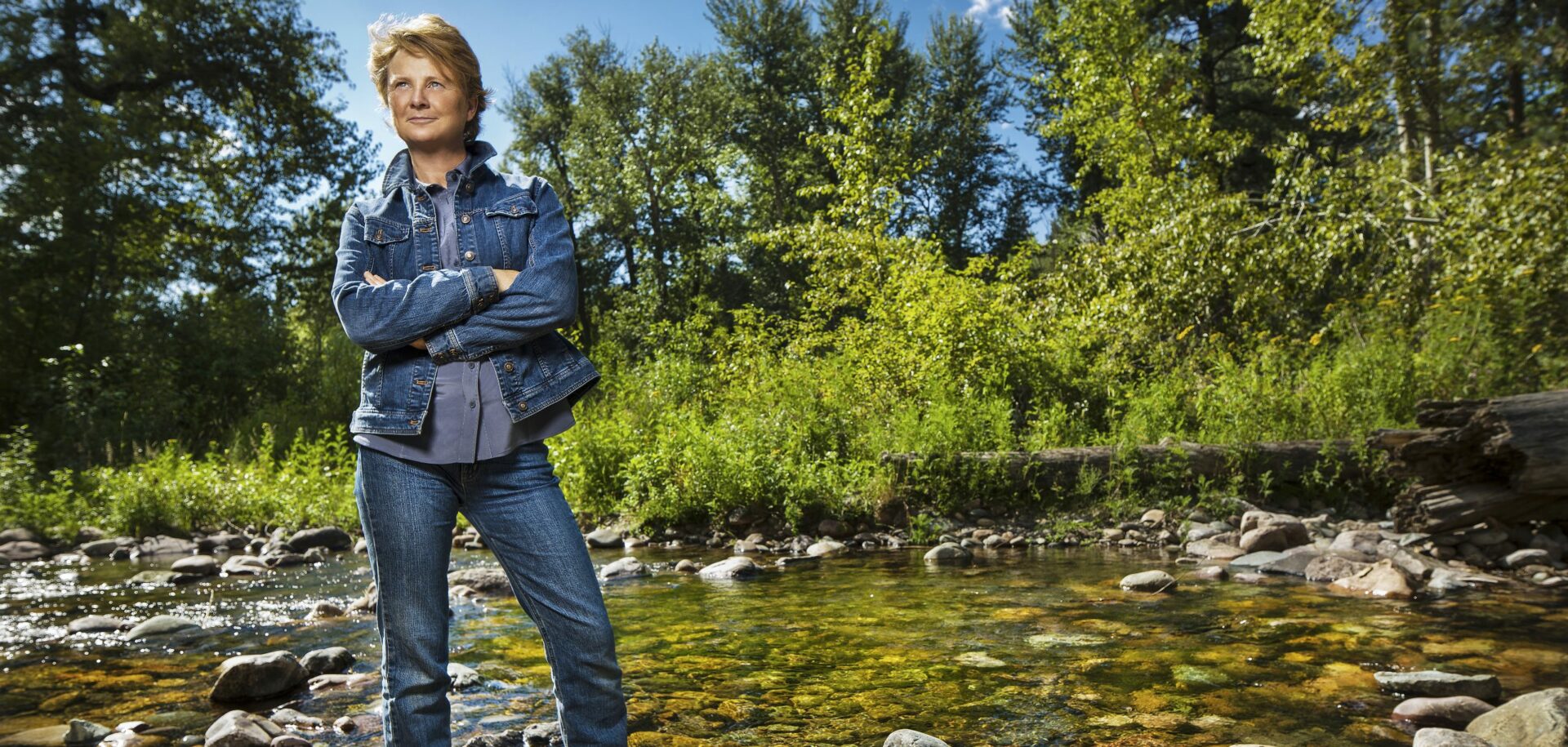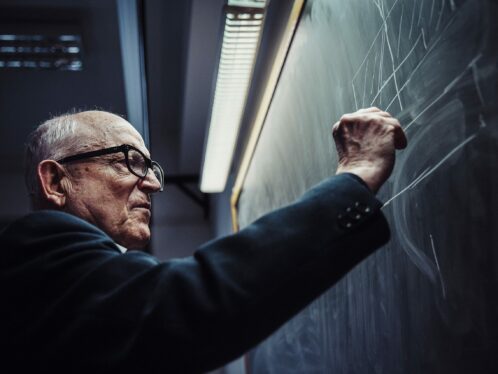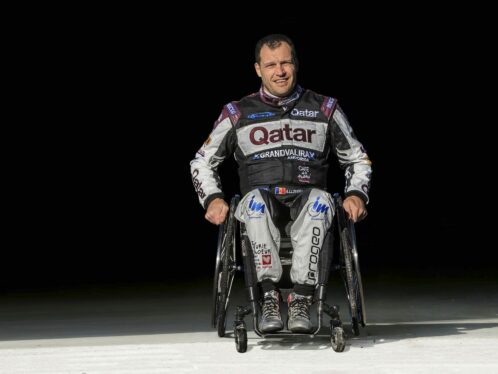
Natural design
Naturalist Janine Benyus has helped pioneer the field of biomimicry. She argues that studying and adapting designs, models and systems from nature can provide mankind with answers to many design and engineering problems.
Janine Benyus’ interest in the natural world – and how to make the most of it – began at an early age. A pioneer in the field of biomimicry, the practice of adapting concepts from the natural world for use by mankind, Benyus says she was a “nature nerd” as a child and had a passion for observation. As a 12-year-old growing up in suburban New Jersey in the United States, she would often walk down to a local meadow to sketch and catalogue the insects and plant life she observed. Her understanding of our relationship with nature changed forever when one day she discovered the meadow had been staked out with orange marker flags in preparation for it being levelled and developed. “If you ask most people who are doing something in the sustainability realm, you’ll often find a similar story of loss,” Benyus says. “It was a pretty formative experience for me.” The loss of her beloved meadow helped Benyus decide on the direction she wanted to take with her life. “I wanted to take my love of the natural world and somehow transmit that to other people,” she says. After finishing high school, Benyus completed back-to-back degrees in forest science and in English literature and creative writing. She also managed to combine these two interests with an internship with the US Forest Service. After graduation, Benyus used her knowledge to write three highly acclaimed “wildlife watcher” books on the flora and fauna of North America, as well as a book on animal behaviour. During the research process for her writing, she developed a strong interest in context and the different adaptations plants and animals use to flourish across different habitats. “It got me hooked on adaptations in general,” she says. “These include things like what enables a camel to store water, or the mechanism behind the heat exchange in a penguin’s feet.” At about the same time Benyus began collecting scientific papers on the subject of humans mimicking nature. These included the work of biologist Frank Fish, who had observed that mimicking the scalloped edges of a humpback whale fin on an aircraft wing led to a 32 percent reduction in wind drag. Benyus’ own fieldwork pointed to many more natural innovations that could potentially be used by designers. Realizing this led to her writing the book Biomimicry: Innovation Inspired by Nature, which was published in 1997. Benyus says biomimicry is based around the concept that many of the design and engineering problems faced by modern humans resemble those faced by the variety of life forms that have lived on earth since life first appeared some 3.8 billion years ago. Over that span of time, nature has found effective and efficient solutions to many problems. “It’s the process of learning from and then emulating nature’s tried-and-tested designs and strategies in order to solve human problems,” she says. Benyus says there are many examples of how biomimicry has been successfully applied in solving human challenges. One example is a company that has taken the recipe that coral reefs use to form their hard skeletons and used it to create a cement product that captures half a tonne of CO2 for every tonne of concrete produced. Another example is students at the California Institute of Technology who studied and mimicked fish vortices within schools to develop vertical-axis wind turbine farms. These yield a tenfold increase in energy compared with traditional wind farm sites. Benyus received an enormous amount of interest from the corporate world following the publication of her first book on biomimicry, with companies including Boeing, General Electric and Nike all asking her if she could visit them and “bring a biologist to our design table.” As a scientist, Benyus didn’t have the resources. Instead she collaborated with a doctoral candidate to establish a biological intelligence company, Biomimicry 3.8. The company today has a worldwide base of consultants and has worked with some 250 clients to date. The 3.8 in the company name is a reference to the length of time life has existed on the earth. Biomimicry is continuing to gain acceptance and recognition. More than 10,000 academics are now studying the field, and there are three dedicated journals on the subject. Some 30 regional networks around the world are devoted to biomimicry, and in 2012 some 1,800 related academic papers were published and 67 biomimicry patents were awarded. “We’re moving forward,” Benyus says. “A biologist at every design table is not just a wacky idea; it’s actually quite a good idea, and it’s starting to happen.”





